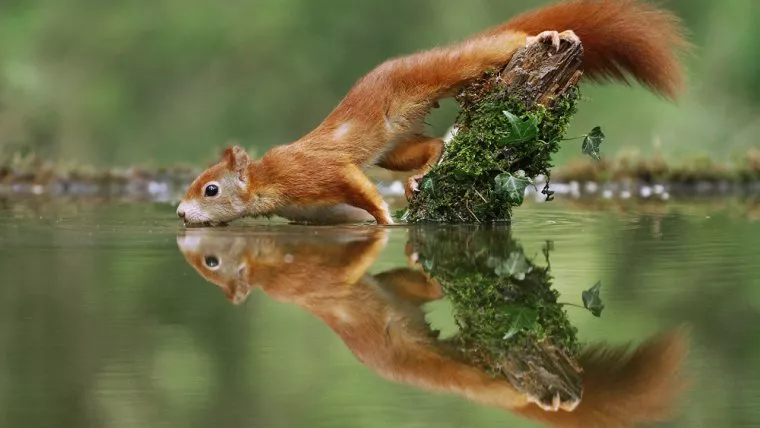
Wildlife photography is a very popular genre of photography and getting started with wildlife photography can be quite challenging as there are few things you should consider. Let me give you these 7 tips to help you get started with wildlife photography.
Be on eye-level with the animals
If you want to create an eye-catching perspective always be sure to get at the same level as the animal because being at eye level with the animals allows the viewer to get in their fascinating world, you will see your shot will look much more professional and interesting.
Isolate your subject from its surroundings
If you want to isolate your main subject from everything else, choose a wide aperture lens, your background will look more smooth and clear. A noisy background won’t look good and can even ruin your wildlife shot, having a smooth and clear background will your subject make just stand out more.
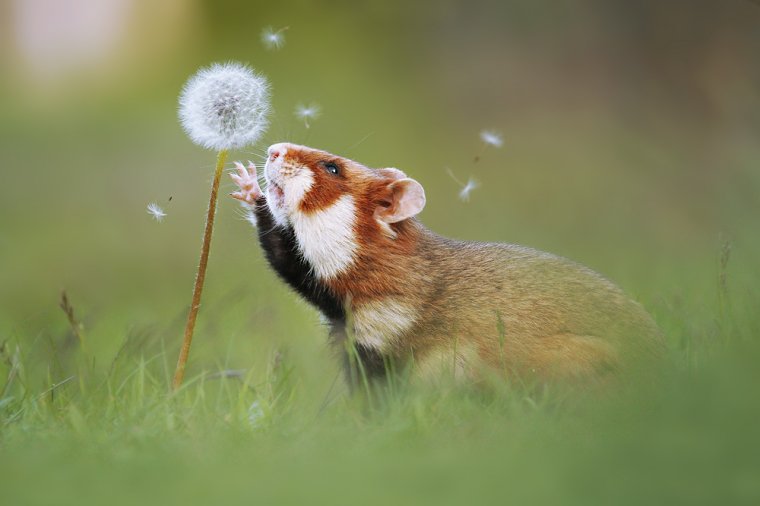
Camera Body: Canon 7D, Lens: Canon 100-400, Shutter Speed: 1/640, Aperture: f 5.6, Focal Length: 350 mm, ISO: 2000
Be patient and don’t chase the animals
Taking images of animals always requires a great amount of patience and time, because you never can predict when the animal is coming near to you or if it will be around at all.
The more time you spend with an animal, the higher the chances are to have better images in the end and as a wildlife photographer, I have spent countless hours sitting in my hide to photograph many different wild animal species and one thing that I’ve learned over the years is: Be patient and do not chase the animals, let them come to you. If you want to take images of timid wild animal species I would strongly recommend buying yourself a hiding tent. A hiding tent maximizes the chance to get really close to the wild animals and in conclusion to get really good wildlife shots.
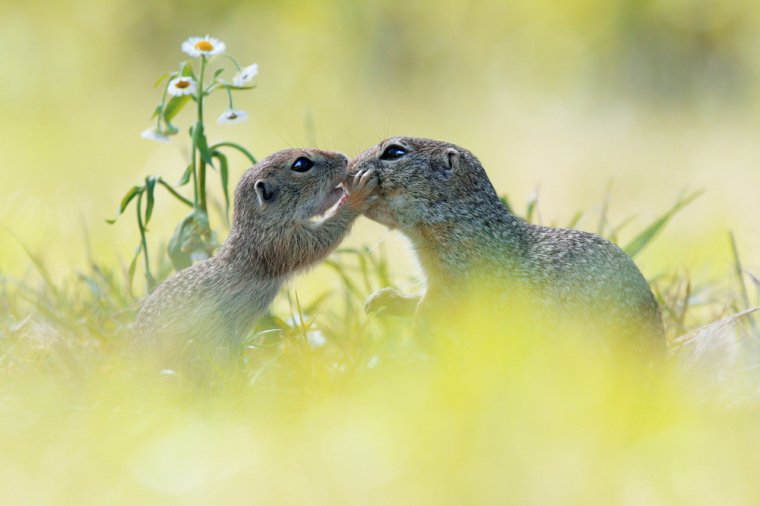
Camera Body: Canon 60D, Lens: Canon 100-400, Shutter Speed: 1/1250, Aperture: f 7.1, Focal Length: 400 mm, ISO: 1000
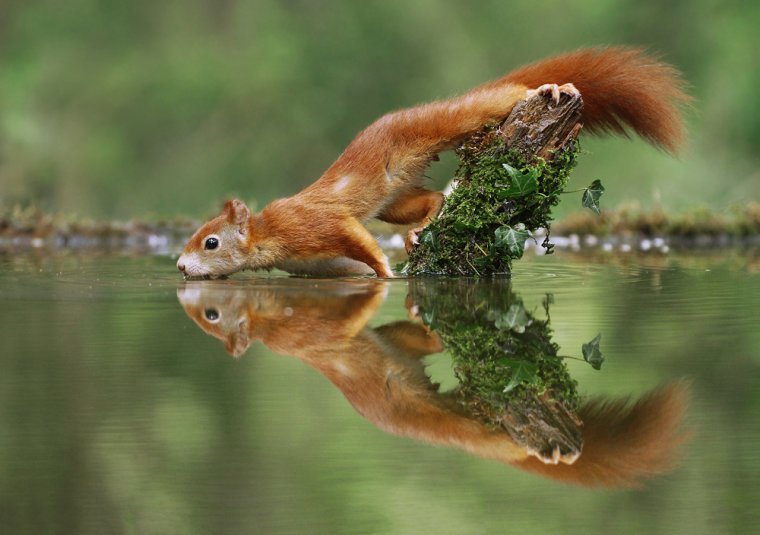
Camera Body: Canon 7D, Lens: Sigma 130-300, Shutter: 1/200, Aperture: f 2.8, Focal Length: 182 mm, ISO: 1000
The focus must be on the eyes
Be sure to always focus on the eyes when you photograph wild animals. If the animal you want to photograph is resting, lying or sitting you have the chance to use your live view to get the right focus point. Live view will help you to get more control over focus because you can easily zoom in to test your image sharpness and to see where your focus point is. So in the live view mode, you can adjust your focus point precisely while using the manual focus ring of the lens.
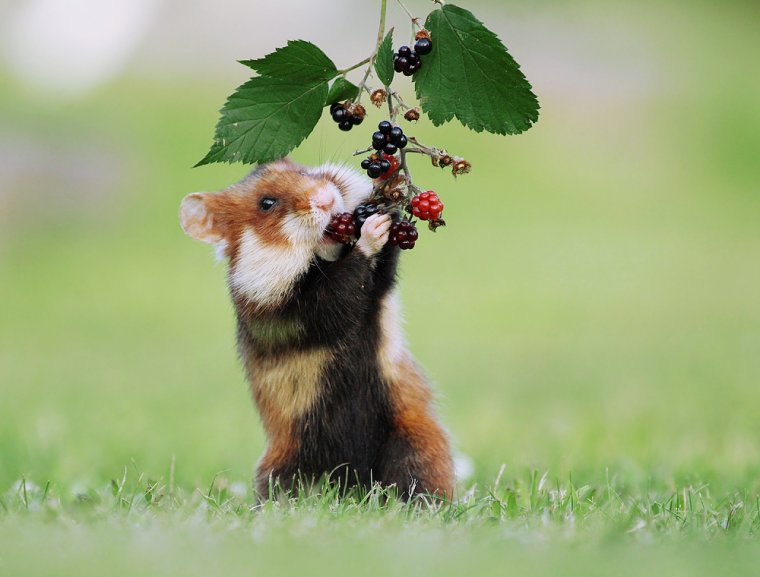
Camera Body: Canon 60D, Lens: Canon 100-400, Shutter Speed: 1/500, Aperture: f 5.6, Focal Length: 400 mm, ISO: 800
Fast shutter speed for more sharpness
Set the fastest shutter speed possible to maximize sharpness and to freeze motion.
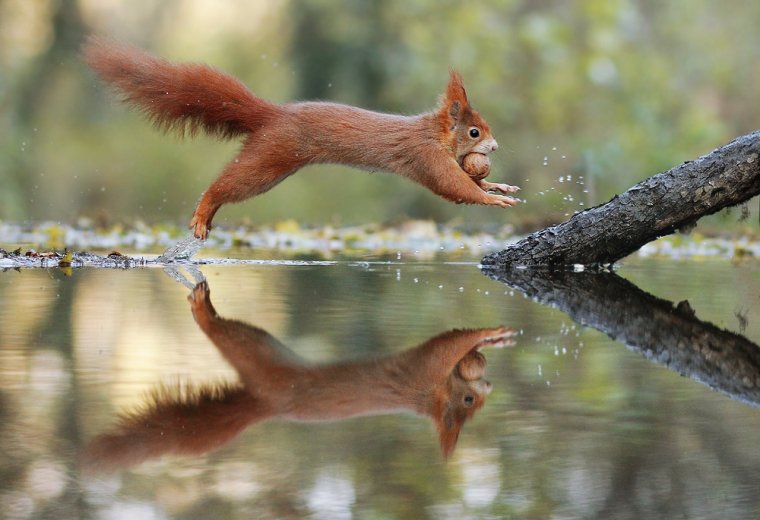
Camera Body: Canon 7D, Lens: Sigma 120-300, Shutter Speed: 1/1600, Aperture: f 1.8, Focal Length: 300 mm, ISO: 2500
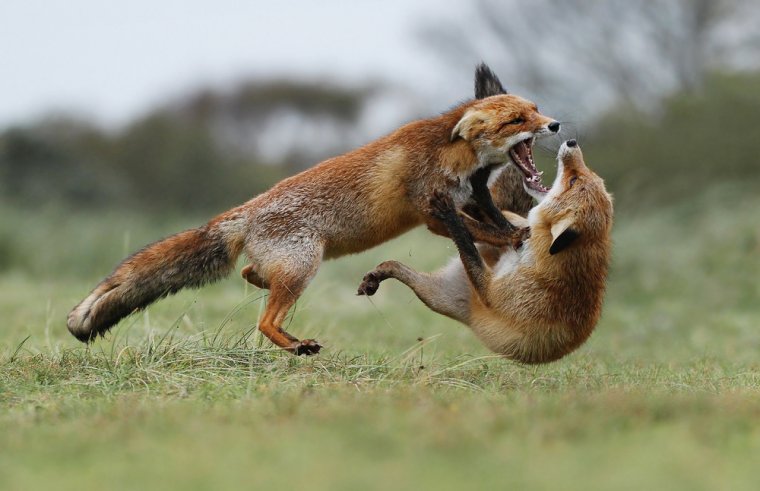
Camera Body: Canon 7D, Lens: Sigma 120-300, Shutter Speed: 1/8000, Aperture: f 2.8, Focal Length: 300 mm, ISO: 1000
Shoot in RAW
If your camera supports shooting in RAW, then you should definitely turn it on!
Shooting in Raw will open up new possibilities for you later while processing your image. The main idea behind shooting in raw is that all the information captured by the sensor will be retained, that means that your raw files will be lossless and uncompressed files. Jpeg’s often shown posterization and with every step of compressing the image quality will be decreased.
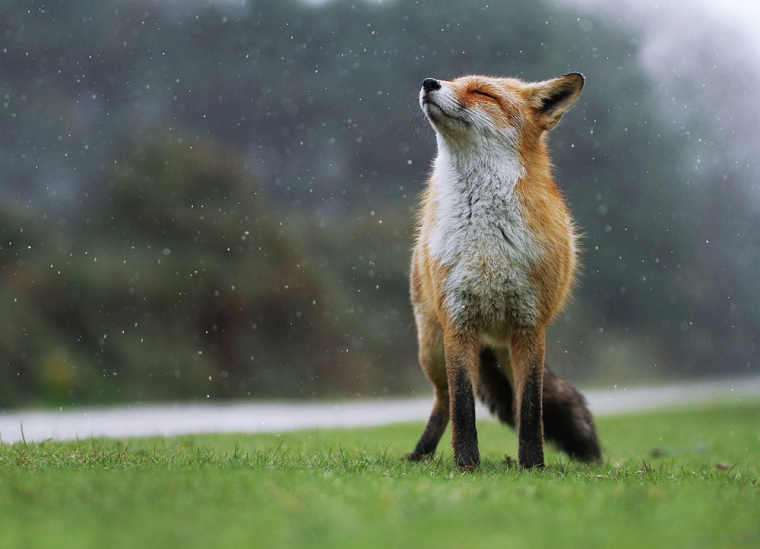
Camera Body: Canon 7D, Lens: Tamron 120-300, Shutter Speed: 1/3200, Aperture: f 2.8, Focal Length: 300 mm, ISO: 800
Don’t use flashlight
The flashlight can be harmful to some animals, so please make sure to turn it off while you are taking images of animals in the wild. Furthermore, you will achieve much better results if you photograph animals in natural light conditions.
As always, I really hope you have found the tips and ideas in this article useful!
Thanks for reading & see you next time!
All images by Julian Rad.
Comments (0)
There are no comments yet.